Retro Chick Reviews: GOSH Boombastic XXL Volume Mascara (and 5 to giveaway)
February 13, 2013
Recipe: Baked Eggs with Avocado, Chilli & Cheese
February 17, 2013The Bob certainly isn’t a new hair style, even if by “new” you mean 20th Century.
Shorter hair on women can be found in 2nd Century Rome, Ancient Egypt and the 14th Century (think Joan of Arc) but today I plan to have a quick look at the history of the bob haircut in the 20th Century.
The bob is associated with the 1920s, but it actually found initial popularity in the 20th century as a practical style during WWI for women engaged in war work. Irene Castle was a ballroom dancer and trendsetter who wore a curled bob, known as the Castle Bob, in the mid 1910’s
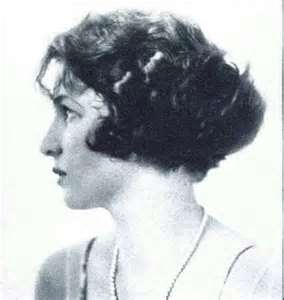
As the war ended and the 1920s arrived bobbed hair remained hugely popular amongst women. Bernice Bobs her Hair is a 1920 short story by the ultimate jazz age author F.Scott Fitzgerald, you can find it in the collection Flappers and Philosophers. While the story isn’t necessarily positive about the impact of the heroine bobbing her hair, it does highlight how the bob was seen as a statement of independence by young women.
The bob was so popular during WWI and into the 20s, that by May 1922 The Times stated that bobbed hair was now so common that it was “rapidly falling out of favour”. In practice, however, the bob remained popular for most of the 1920s. The ultimate bob wearer, Louise Brooks, was certainly wearing the hair style into the 1930s.
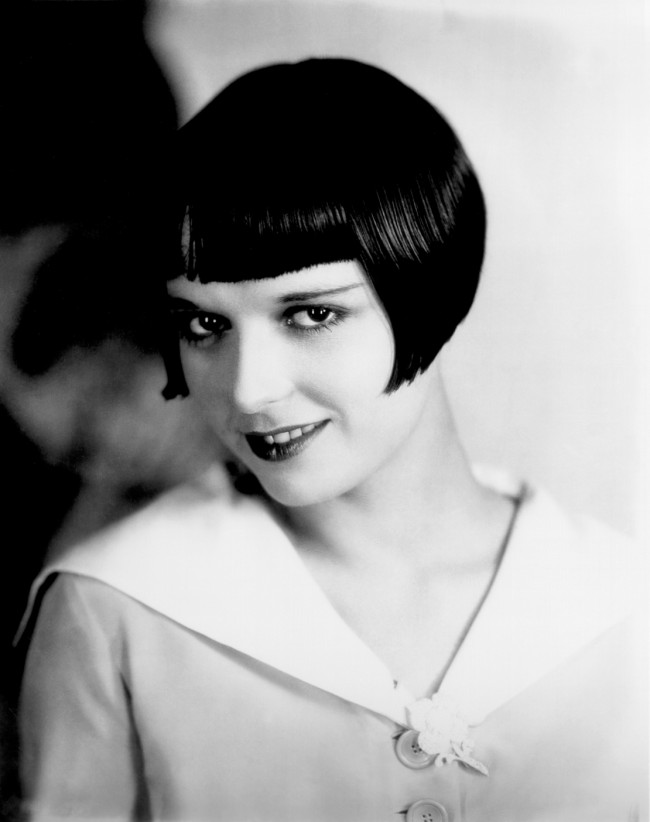
A bob cut in the 1920s came in many different varieties; the orchid bob, the coconut bob, the Charleston cut; but they are all largely similar cuts, styled differently.
A shingled bob was an even shorter version, cut in close to the nape of the neck, and more daring women would even go for an Eton crop, which was shorter still.
The bob was worn both straight and curled, and although you could fake a bob on longer hair by curling it up and under (I’ve done this myself!) a true bobbed hair cut fitted far better under cloche hats which were fashionable in the 1920s.
Women would often visit barbershops to get their hair bobbed as female hairdressers tended to have skills largely in “dressing” and curling hair, rather than cutting.
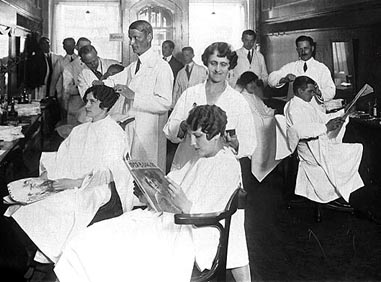
During the 192os bobbed hair spread beyond the West and it’s association with progressive attitudes even managed to get some women killed. During a communist uprising in China in 1928 women with bobbed hair were seized and shot as their haircuts were taken as incontrovertible evidence of their radical tendencies.
There was no set date when the bob dropped out of fashion, and you can find women wearing variations on it all through the 30s, 40s and 50s, but it’s next big moment in the spotlight arrived in the 1960s when Vidal Sassoon turned the cut into an incredibly angular, precision cut style for straight hair called the 5-point cut.
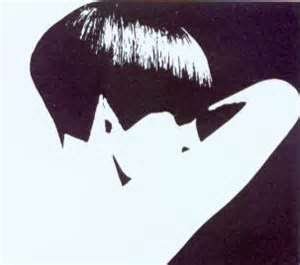
Variations on the bob have come in and out of fashion since the 1960s in various guises. I remember a Louise Brooks style bob with a very short or asymmetric fringe being fashionable briefly in the mid to late 90s, and indeed, I had one myself, though it wasn’t particularly flattering on me! It looked far better on Saffron from Republica.
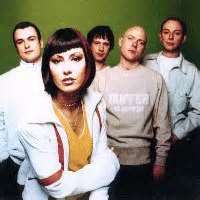
I had my hair cut into a bob again back in October. Last time I had a bob hair cut I had no idea how to curl my hair or do anything more interesting than a bun, so I wasn’t sure how versatile it would be. In actual fact it’s been almost as versatile as when my hair was longer, with the added advantage that it looks far better straight and uncurled.
The word “bob” sometimes carries conotations of being a bit of a boring, “safe” hair style, but given it’s revolutionary history it’s really anything but.
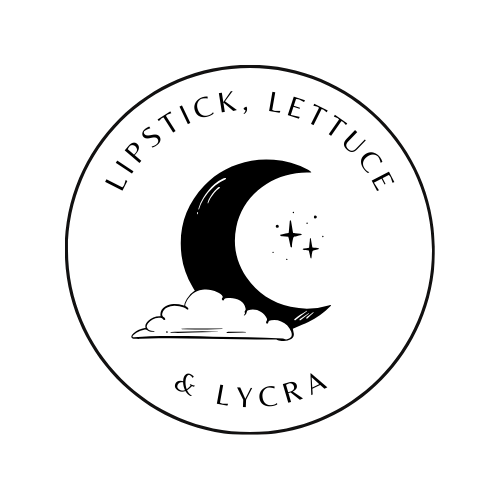
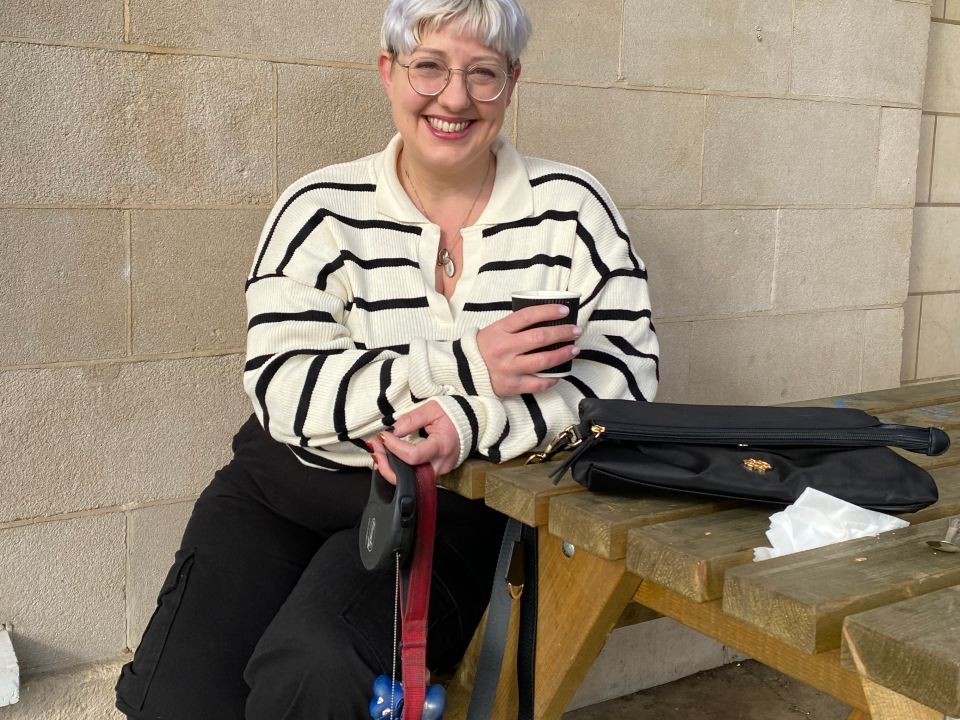
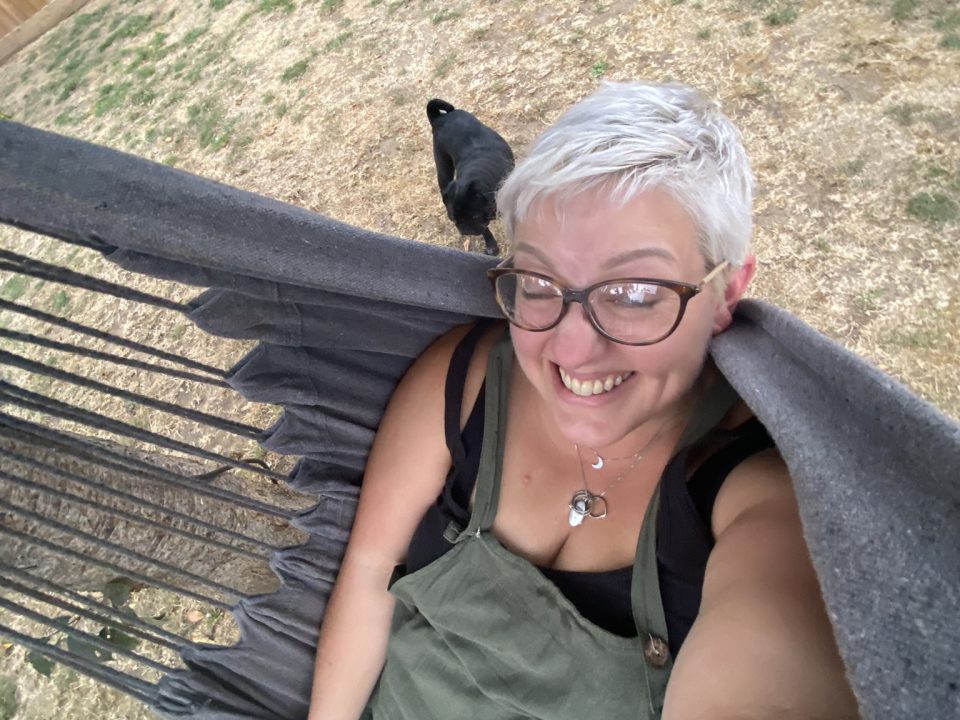
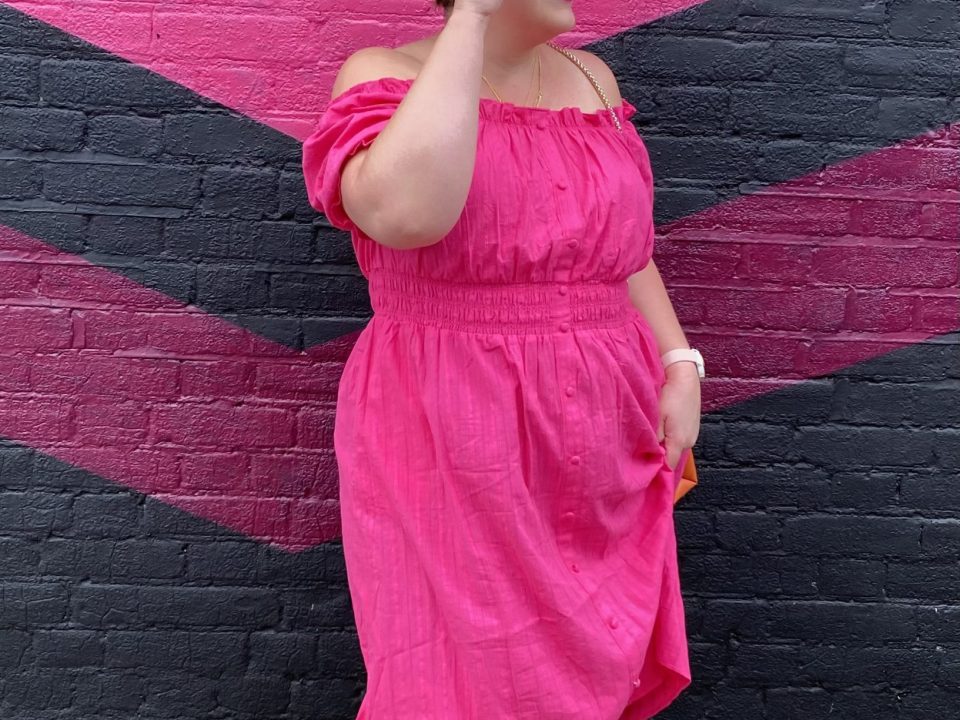
7 Comments
Oooh, this is great! I went bobbed last year, partly because my longer hair was looking a bit straggly, and my boyfriend kept lying on my hair in bed so I’d roll over and go AAARRGGGHHHH! I did worry that a shorter length wouldn’t work with 40s and 50s clothing styles, but there are lots of ways to style a bob if you know how. It probably needs more trips to the hairdresser to keep it neat than with longer hair, but on the whole I find it easier to manage as with my longer hair, I did have to keep on top of styling it so that it didn’t just look pants.
Pants being the technical term.
The other good thing is that it can seemlessly move through looks without much work, which is great!
I have had a bob for about 18 years. It is really versatile – as you say bobs have been worn throughout the 20th century. I’ve found it the best hairstyle for adapting to ANY fashion/style/era.
Also to my eye a curled bob style reflects 40s-50s ‘everyday’ hair (rather than film/stage hair) better than very big curled/rolled styles (my late grandmother laughed at OTT Paloma Faith type victory roll styles, and considered them fancy dress if worn off stage. She always had a neatly set short cut – the kind you see time and again in old photos).
I have a bob, and wish I could do all the curls and waves that you do! You look fab 🙂
I love my hair when it is in a bob! I’m currently growing out a pixie and I can’t wait for it to get back to bob lenght!
I have had bobs on and off through the years. My friend and I once found a fabulous old postcard in a shop in Oxford that went. ‘Jane, please provide me with the name of the man who shingled your hair and I will deal with him forthwith, your father.’ I still regret not buying it. I went back the next day and it had sold.
I have had bobs on and off since a was a teenager (too many years ago to mention). I always seem to revert back to a bob, whether it be long or short it’s a great cut and will always be in fashion in my opinion. Katie B @ Minerva Collection – UK Handbags & Jewellery
Well researched and informative piece. BTW I am short haired as well.